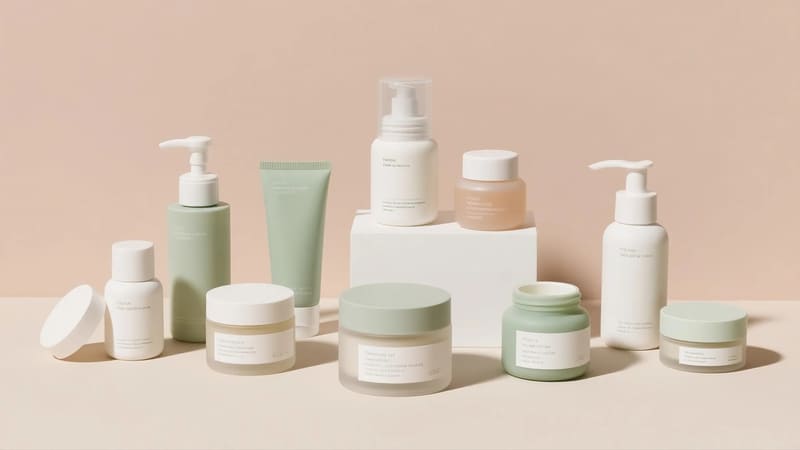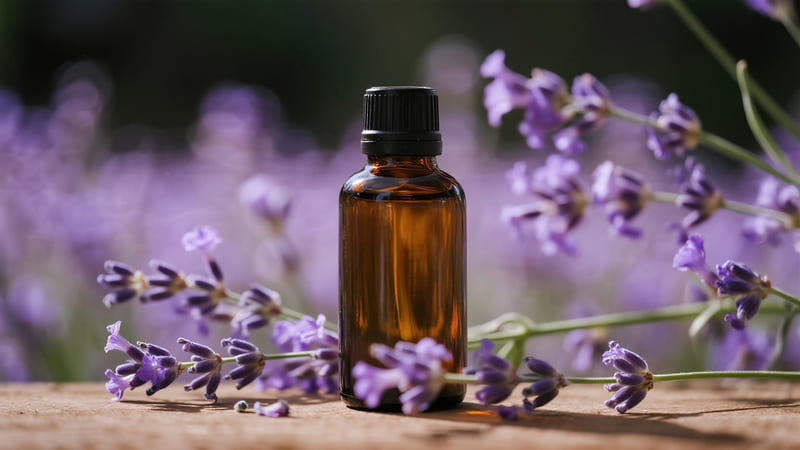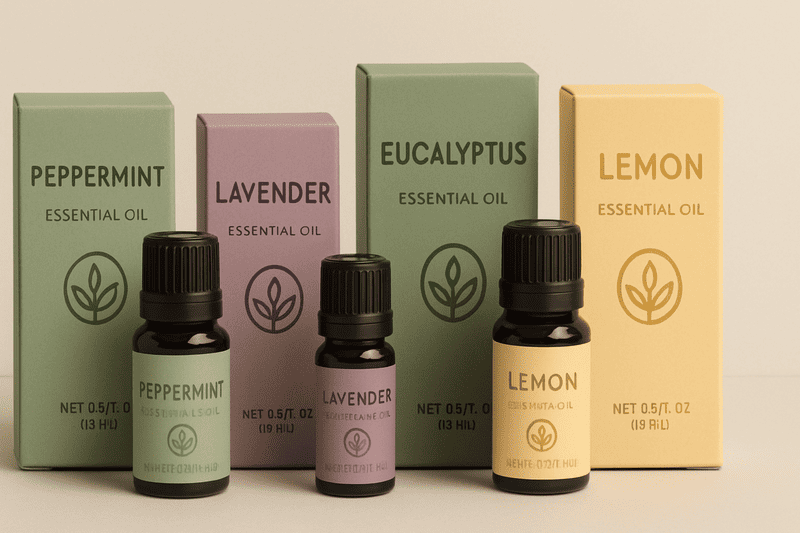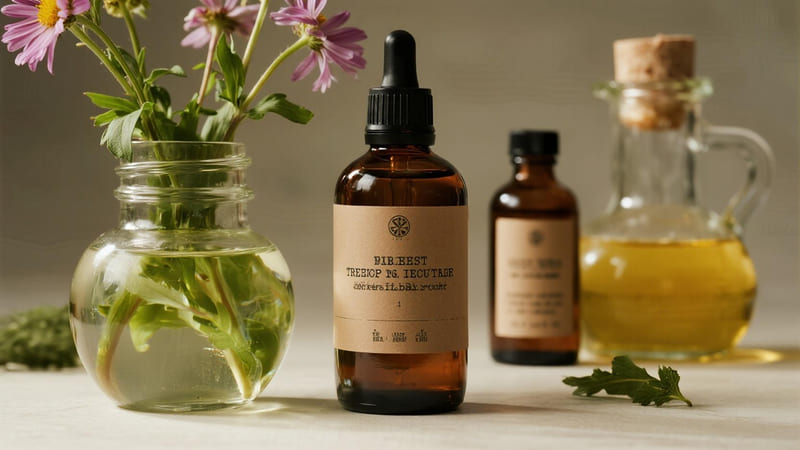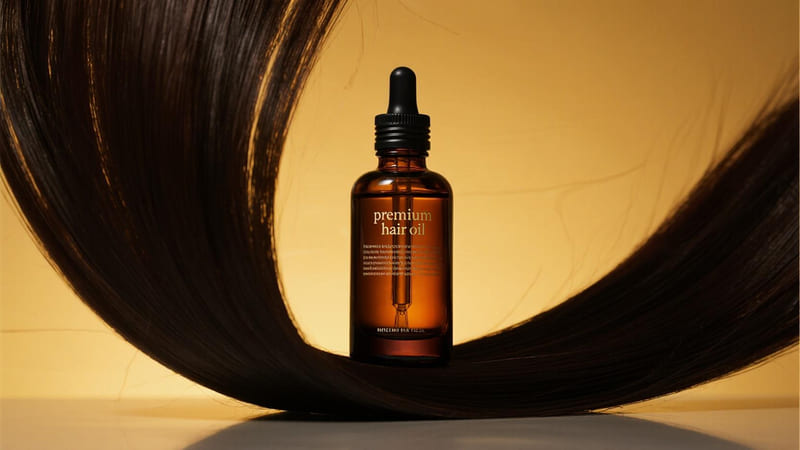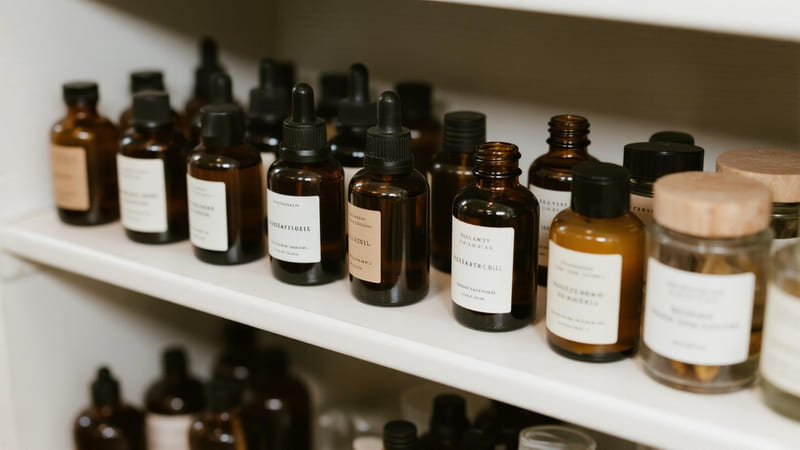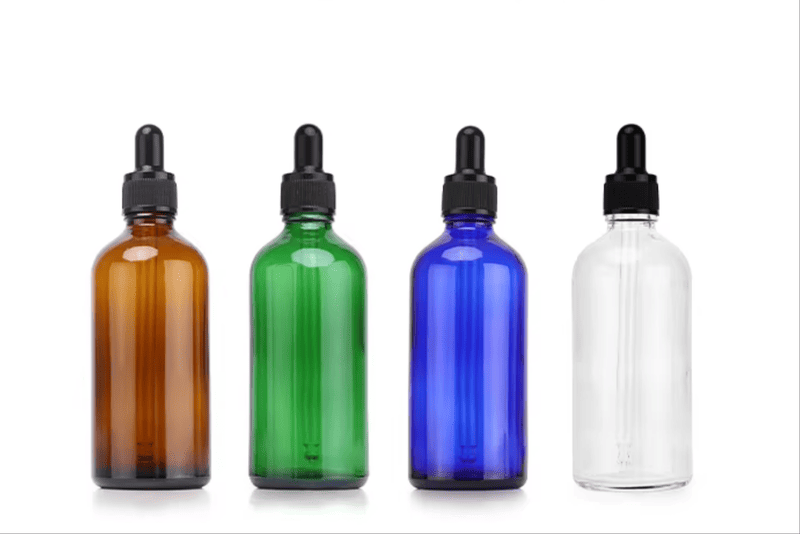Making your cosmetic packaging more sustainable is a fantastic goal, aligning your brand with growing consumer demand for eco-conscious products and contributing to a healthier planet. It’s a journey that involves thoughtful choices about materials, design, and end-of-life considerations.
To make your cosmetic packaging more sustainable, prioritize the waste hierarchy: Reduce material usage, implement Reuse/Refill systems, and choose materials with high Recycled content that are also easily Recyclable. Additionally, opt for renewable resources, consider certified compostable options where appropriate, and educate consumers on proper disposal.
As a global packaging manufacturer with ShineTop for over 20 years, we’ve been actively partnering with brands to navigate this transition. Here’s a comprehensive guide on how you can make your cosmetic packaging more sustainable:
1. Reduce: Use Less Material Overall
The most sustainable packaging is often the least packaging.
- Minimalist Design: Opt for simpler, cleaner designs that eliminate unnecessary layers, components, or overly large boxes for small products. Does your product really need an outer box if the primary container is robust and can carry all necessary information?
- Lightweighting: Work with your supplier (like ShineTop) to reduce the weight of your existing packaging materials (e.g., thinner glass or plastic walls, lighter paperboard) without compromising product protection.
- Concentrated Formulas: Developing more concentrated products means smaller packaging is needed for the same number of uses.
- Eliminate Unnecessary Components: Do you need an inner plastic shive if the cap provides a good seal? Can spatulas be offered as an optional add-on rather than included with every unit?
- Digital Information: Use QR codes on packaging to link to extensive ingredient lists, tutorials, or brand stories online, reducing the need for large printed inserts or leaflets.
2. Reuse & Refill: Embrace Circularity
This is one of the most impactful strategies for sustainability.
- Design for Refill: Create durable and attractive primary containers (e.g., glass jars, aluminum bottles, high-quality plastic pumps) that customers will want to keep and reuse.
- Offer Refills: Provide product refills in simpler, lower-impact packaging, such as:
- Lightweight pouches (look for recyclable mono-material pouches if possible).
- Simple glass vials or aluminum containers.
- Solid product refills (e.g., lipstick bullets, powder pans).
- In-Store Refill Stations: While logistically more complex, this is a growing trend for some brands.
- Easy-to-Clean Designs: Ensure primary containers can be easily cleaned by the consumer for refilling.
3. Recycle: Choose Recycled Content & Design for Recyclability
Making packaging from recycled materials and ensuring it can be recycled again is key to a circular economy.
-
Use High Recycled Content:
- PCR Plastics (Post-Consumer Recycled): Specify PCR PET, PCR HDPE, or PCR PP for your bottles, jars, and tubes. Aim for the highest percentage your supplier can offer while maintaining performance (e.g., 30%, 50%, even 100% PCR for some applications). ShineTop offers a growing range of PCR options.
- Recycled Glass: Glass is infinitely recyclable. Ask your supplier about options with higher percentages of cullet (recycled glass).
- Recycled Aluminum: Recycling aluminum saves about 95% of the energy needed to make virgin aluminum.
- Recycled Paperboard: For your cosmetic boxes, choose options with high post-consumer waste (PCW) content.
-
Design for Recyclability:
- Mono-Materials: Use a single type of material for each component where possible (e.g., a PET bottle with a PET cap and a PET label, or an all-PP airless pump). This makes sorting and recycling much easier.
- Easily Separable Components: If different materials must be used, design them so consumers can easily separate them for proper recycling (e.g., a removable plastic pump from a glass bottle).
- Choose Widely Recyclable Materials: Prioritize clear PET (#1), natural/white HDPE (#2), PP (#5 – check local acceptance), glass, and aluminum.
- Avoid Problematic Colors/Additives: Carbon black pigment makes plastics hard for recycling facility sensors to detect. Some metallic coatings or full-body shrink sleeves can also hinder recyclability.
- Labels & Adhesives: Use labels made from the same material as the container if possible, or labels designed to wash off cleanly during the recycling process. Choose recyclable or compatible adhesives.
4. Opt for Renewable & Responsibly Sourced Materials
When virgin materials are necessary, choose those from renewable and well-managed sources.
- FSC-Certified Paper & Paperboard: The Forest Stewardship Council certification ensures that paper products come from responsibly managed forests that provide environmental, social, and economic benefits. This is a standard offering at ShineTop for cosmetic boxes.
- Bamboo & Cork: Fast-growing, renewable resources that can be used for components like caps, lids, or even entire containers, offering a unique, natural aesthetic.
- Bio-Based Plastics:
- Sugarcane Polyethylene (Bio-PE): Chemically identical to fossil fuel-based PE but derived from sugarcane ethanol. It’s recyclable in existing PE streams.
- PLA (Polylactic Acid): Derived from cornstarch or sugarcane. It’s industrially compostable (not typically recyclable with other plastics). Ensure proper end-of-life facilities exist for your target market.
5. Consider Certified Compostable Options (Carefully)
Compostable packaging can be a good solution in specific contexts but requires careful consideration.
- Industrial Compostability: Many "compostable" plastics require industrial composting facilities (high heat, specific conditions) which are not widely available to all consumers.
- Home Compostability: Some materials are certified for home composting, which is more accessible but still requires consumers to have a home compost system.
- Product Compatibility: Ensure the compostable material provides adequate barrier properties for your cosmetic product throughout its shelf life.
- Clear Labeling: Consumers need clear instructions on how to dispose of compostable packaging correctly. If it ends up in landfill, it may not break down as intended, and if it contaminates recycling streams, it can cause problems.
- Best For: Perhaps single-use items or packaging where product residue makes recycling difficult. Molded pulp inserts are a good example of a readily compostable option.
6. Smart Design Choices for Inks, Adhesives, and Finishes
Even smaller details matter.
- Inks: Opt for soy-based or vegetable-based inks instead of traditional petroleum-based ones.
- Adhesives: Choose adhesives that don’t hinder the recyclability of the main packaging material.
- Finishes: While finishes like foil stamping and lamination enhance appeal, consider their impact on recyclability. Some laminations are plastic-based and can make paperboard non-recyclable. Explore recyclable or compostable lamination options, or opt for finishes like embossing/debossing that don’t add extra material.
7. Educate Your Consumers
Your efforts are most effective when your customers know how to participate.
- Clear Disposal Instructions: Use on-pack labeling (like the How2Recycle® label in North America or similar regional schemes) to clearly guide consumers on how to recycle or dispose of each packaging component.
- Promote Your Refill Programs: If you offer refills, make it easy and appealing for customers to participate.
- Share Your Sustainability Story: Be transparent about the choices you’re making and why. This builds brand trust and loyalty.
How to Get Started with Your Brand:
- Audit Your Current Packaging: Identify areas for improvement. What materials are you using? How much waste is generated?
- Set Clear Sustainability Goals: What do you want to achieve (e.g., 50% PCR content by X date, all boxes FSC-certified, launch a refill program)?
- Talk to Your Suppliers: This is crucial. A good supplier (like ShineTop) will be knowledgeable about sustainable options and can guide you on what’s feasible for your products and budget. We can provide samples of PCR materials, advise on mono-material designs, and discuss eco-friendly finishes.
- Test Thoroughly: Ensure any new sustainable packaging material is compatible with your formulation and provides adequate protection.
- Communicate Your Efforts: Let your customers know about the positive changes you’re making.
- Iterate and Improve: Sustainability is an ongoing journey. Continuously look for ways to enhance your packaging’s environmental profile.
Making your cosmetic packaging more sustainable is a significant step towards a more responsible business model. It requires research, collaboration with knowledgeable suppliers, and a commitment to continuous improvement, but the benefits for your brand and the planet are well worth the effort.

